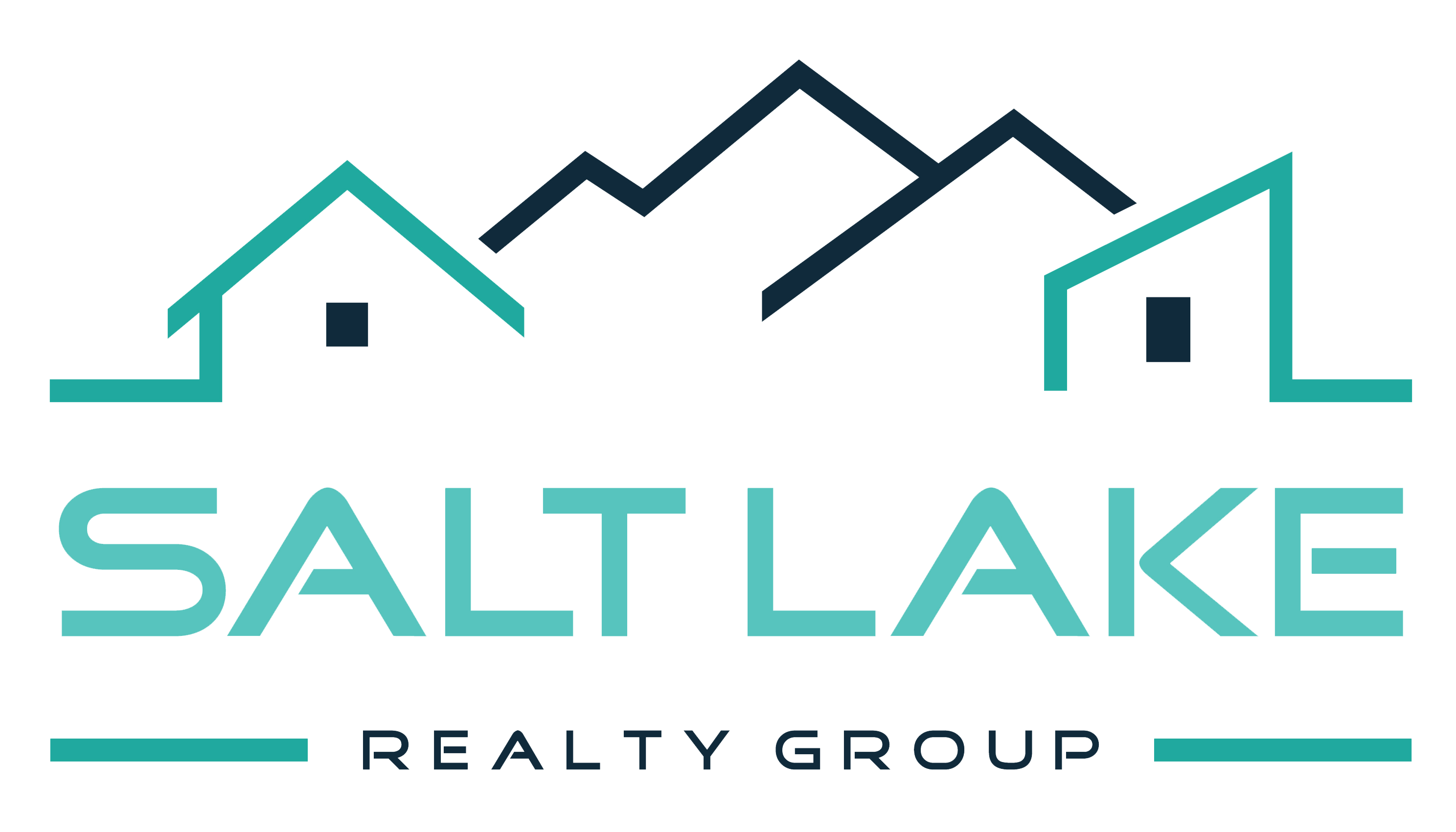What You Need to Know About Those Online Home Value Estimates
It’s something every homeowner does when they decide to sell:
Obsessively check the estimated home value of their property on the websites of the big real estate “brands.” Opendoor, Zillow and Redfin have made it easy to give an idea of what to expect when offers come in — and a peek at what the homes of your neighbors, friends, and family are worth, too. However, like any tool or service that hints at certainty for things that are uncertain, the projected answer might not quite match your reality. In fact, the estimates might not even match from brand to brand.
That’s because these valuations primarily rely on algorithms to arrive at a number. These algorithms calculate a range of data points that affect value. Sounds simple, right? Well, that’s exactly where it gets complicated.
Understanding What Goes Into an Algorithm
Every brand’s algorithm is different. There are hundreds (maybe even thousands) of different data points that influence the price of a home: Interior/exterior features, the age of the home, the square footage, and the location, just to name a few.
Even if each brand included the same data points, the algorithm would weigh them differently. After all, some factors are just more important to a home’s price. Stainless steel appliances won’t affect value as much as square footage. Yet square footage might not matter as much as the neighborhood.
Both of these elements of an algorithm come into play with comparable sales, a critical part of any home evaluation. In order to find the prices of recently sold homes that are similar to yours, the algorithm needs to find the properties that fit the bill, then evaluate those properties against yours.
While algorithms are kept secret for a reason, the big brands have been somewhat open about some parts of their processes. Here’s what you need to know:
How Opendoor Calculates Home Values
First, Opendoor is upfront about the goal of their calculations: To buy your home. Instead of thinking of it as a home value, it’s really an offer.
Opendoor does utilize a data model to come up with a number, the process starts with what you tell them about your home’s condition, features, and updates. There are options for submitting photos of your home in order to back up what you’ve told them, but it’s really about what you can tell them.
Using this information, Opendoor runs their data models on comparable homes that recently sold and local market trends. The algorithms that involve local data were reviewed by pricing teams who have some knowledge of the area. Opendoor also says the algorithms consider the difference in the time of year between comparable home sales.
Though Opendoor will follow up with an in-person condition assessment, it’s worth reiterating that their initial estimate seems to be based on a homeowner’s word. If you’re looking to this service just to get an idea of what your home could sell for, be aware that the offer is only as good as the information you give.
How Zillow Calculates Home Values
A Zillow “Zestimate®” is perhaps the most well-known of the big brands. Though it’s noted that this value isn’t to be considered a replacement for a market analysis, this figure is what many people think of when they’re talking home values.
Calculations depend on publicly available information, like past sales, mortgage records, tax assessments, and building documents. The formula doesn’t consider the “intangibles,” upgrades, or even new appliances. While you have the ability to update info about your home and correct inaccuracies, only information deemed significant will change the value.
If your area doesn’t include a lot of information in public records, or if your region doesn’t have a lot of transactions to analyze, it’s harder for the algorithm to arrive at a value.
Accuracy can also differ depending on the market. A comparison of top metro areas by Zillow shows that the home value was within 5% of the final sales price 62.7% to 92.8% of the time.
Due to these factors, Zillow is pretty open about how their figures should be considered as a “starting point."
How Redfin Calculates Home Values
The “Redfin Estimate” of your home draws on data found in multiple listing services to arrive at a value for your home. Redfin mentions that more than 500 data points are considered, including market and neighborhood info, whether the home has water views or if its located on a busy street.
Machine-learning software crunches the numbers frequently: The values are updated daily for homes on the market, and weekly for those off the market. Unlike Zillow, you can’t update any info about your home that could potentially impact the value.
Though Redfin says that their online home value estimates are the most accurate, the service still says that it’s a starting point.
The Takeaway: Computers Can’t Beat Expertise
While these online estimates can give you a general idea of your home’s value, your Realtor can consider the nuances that algorithms can’t. Whether it’s a recent update to your home or new trends with buyers in your area, a Realtor can consider the whole picture when creating a pricing strategy. For the most exact figure regarding value, a professional home appraisal can clear up any lingering doubts.
We Can Help You Understand the Numbers
When you're preparing to sell your home, you need an accurate home valuation. Click below and we'll get to work.




